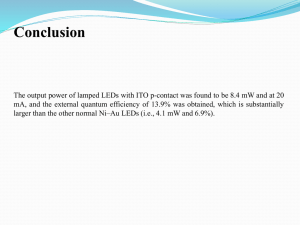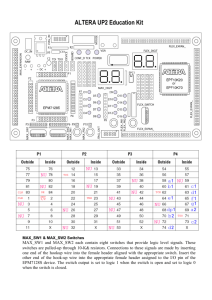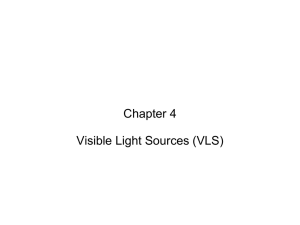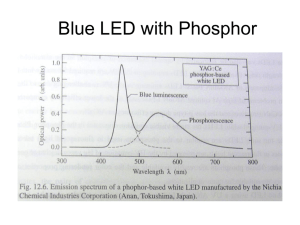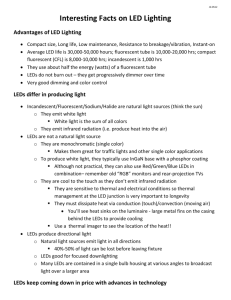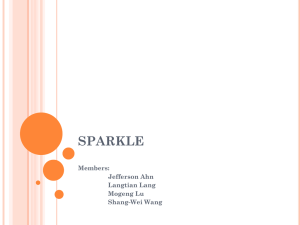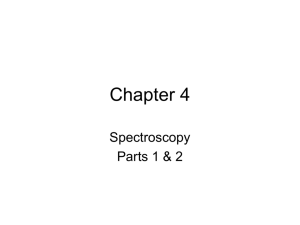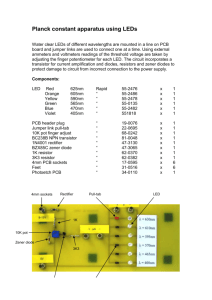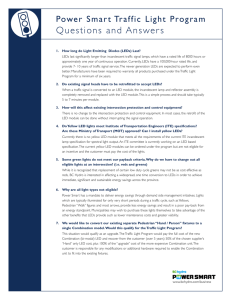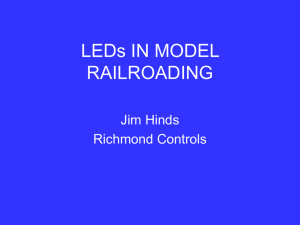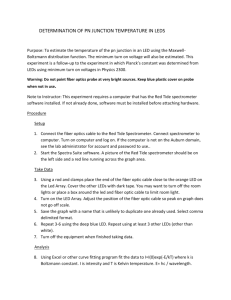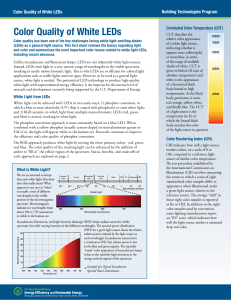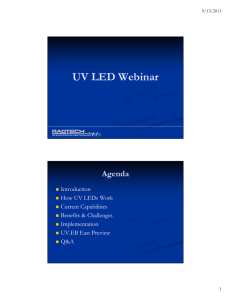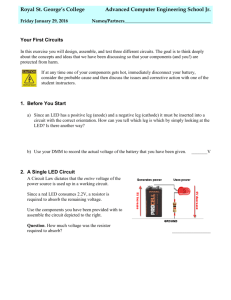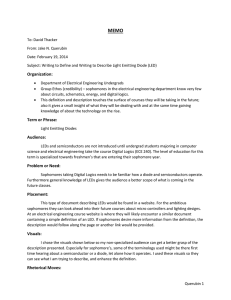Three Level Study Guides
advertisement
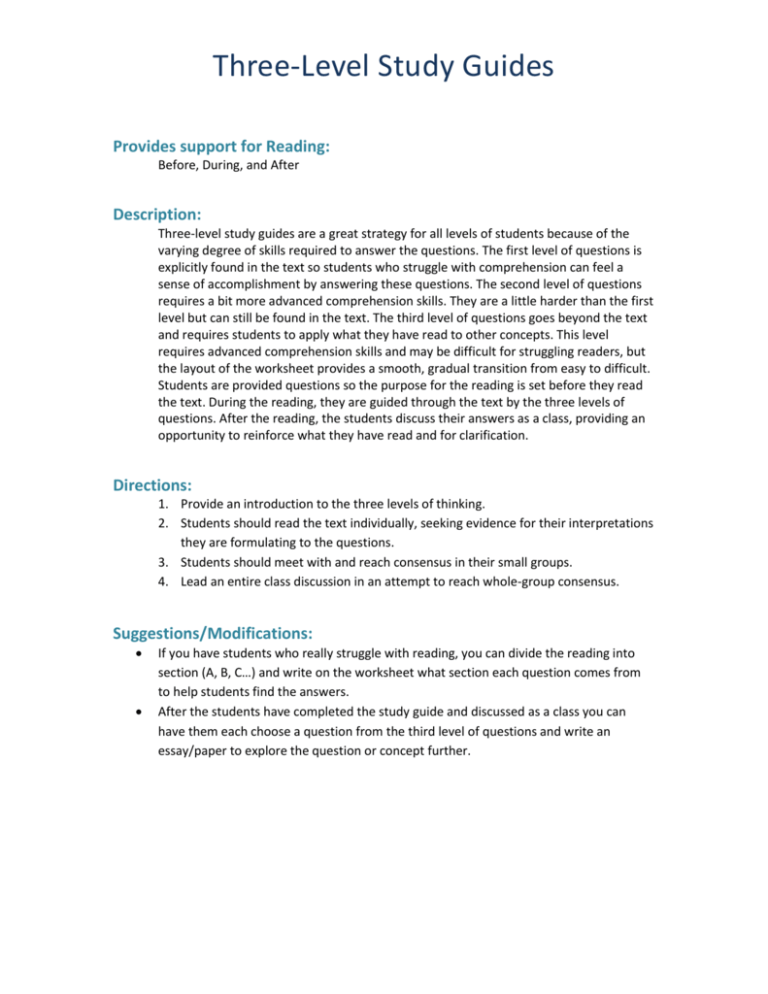
Three-Level Study Guides Provides support for Reading: Before, During, and After Description: Three-level study guides are a great strategy for all levels of students because of the varying degree of skills required to answer the questions. The first level of questions is explicitly found in the text so students who struggle with comprehension can feel a sense of accomplishment by answering these questions. The second level of questions requires a bit more advanced comprehension skills. They are a little harder than the first level but can still be found in the text. The third level of questions goes beyond the text and requires students to apply what they have read to other concepts. This level requires advanced comprehension skills and may be difficult for struggling readers, but the layout of the worksheet provides a smooth, gradual transition from easy to difficult. Students are provided questions so the purpose for the reading is set before they read the text. During the reading, they are guided through the text by the three levels of questions. After the reading, the students discuss their answers as a class, providing an opportunity to reinforce what they have read and for clarification. Directions: 1. Provide an introduction to the three levels of thinking. 2. Students should read the text individually, seeking evidence for their interpretations they are formulating to the questions. 3. Students should meet with and reach consensus in their small groups. 4. Lead an entire class discussion in an attempt to reach whole-group consensus. Suggestions/Modifications: If you have students who really struggle with reading, you can divide the reading into section (A, B, C…) and write on the worksheet what section each question comes from to help students find the answers. After the students have completed the study guide and discussed as a class you can have them each choose a question from the third level of questions and write an essay/paper to explore the question or concept further. Three-Level Study Guides DIRECTIONS: Read the following information. Then decide which of the statements answer the question for that level. Check ( ) each correct statement and be prepared to support your choices. Level I --- Literal Level: What does this reading say about …? _________ 1. _________ 2. _________ 3. Level II --- Interpretive Level: What does this reading mean? ________ 1. ________ 2. ________ 3. Level III --- Applied Level - How does this information apply in the real world …? ________ 1. ________ 2. ________ 3. Three-Level Study Guides SAMPLE Name_____________________________________________ Date________________ Three level study guide: How Light Emitting Diodes work Reading: http://www.howstuffworks.com/led.htm Instructions: Scan the statements on this study guide before reading. Then, during or after reading, place a check mark in the space next to the statements with which you agree. Be prepared to explain your choice. Be sure to be able to refer to the text to support your choices whether you agree with a statement or not. LEVEL I: RIGHT THERE ON THE PAGE ___1. LEDs do not have filament that can burn out. ___2. A semiconductor with extra electrons is called a P-type material. ___3. LEDs release a higher number of photons than other diodes. LEVEL II: READING BETWEEN THE LINES ___4. LEDs are much more efficient than incandescent bulbs. ___5. LEDs emit less light than incandescent bulbs their size. ___6. One disadvantage of the LEDs is their size. LEVEL III: READING BEYOND THE LINES ___7. The use of LEDs is expanding in recent years. ___8. With the increased focus on environmentally friendly practices, LEDs have become a better option. ___9. It would make sense to use LEDs in battery operated devices when possible.

